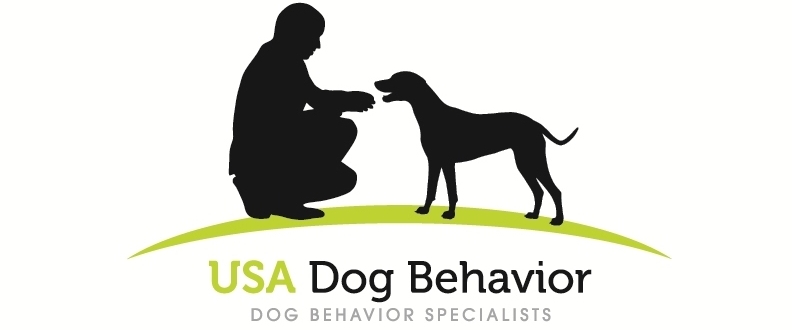Do Dogs Get the Winter Blues?
Do Dogs Get the Winter Blues?
© Scott Sheaffer, CBCC-KA, CDBC, CPDT-KA, USA Dog Behavior, LLC
For the audio version of these blog posts, tune into the USA Dog Behavior Podcast.
As the days grow shorter and temperatures drop, many of us feel the weight of the winter season. But have you ever wondered if your dog might feel the same way? While science hasn’t definitively proven that dogs experience Seasonal Affective Disorder (SAD) like humans, there’s reason to believe they might. Here’s what you need to know about how the changing seasons can affect your furry friend’s mood and how to help them stay content through the colder months.
Do Dogs Get the Winter Blues?
Dogs, like humans, produce melatonin, the hormone responsible for regulating sleep cycles. As daylight decreases, melatonin production increases, making both humans and dogs feel drowsier. While we can’t ask our dogs how they’re feeling, their behavior offers clues. Dogs can exhibit symptoms resembling depression, such as lethargy, withdrawal, or a lack of interest in activities they once loved.
Behavioral changes might stem from seasonal factors or reflect physical health issues. Before assuming your dog is experiencing seasonal sadness, rule out potential medical problems. If they’re healthy but still seem down, it’s time to consider how the season might be affecting them.
Signs Your Dog Might Be Feeling Down
If your dog is less enthusiastic about walks, playtime, or meals, they might be feeling the winter blues. Symptoms to watch for include:
Sleeping: Sleeping more than usual. Dogs sleep on average about 16 hours a day, so your dog will need to be sleeping a lot for this to be a factor.
Lethargy: Showing little energy or less energy than normal for them.
Disinterest: Ignoring toys, games, or treats they normally love.
Changes in Appetite: Eating less or appearing less excited about food.
While these signs could point to seasonal mood shifts, always consult your vet to ensure there’s no underlying illness.
The Role of Routine and Owner Behavior
Dogs are highly attuned to their humans. If you’re feeling sluggish or spending more time indoors due to the colder weather, your dog might pick up on those cues. Reduced walks and fewer play sessions can lead to boredom or anxiety in dogs. Simply put, your dog’s mood often mirrors your own.
On the flip side, winter can also mean more quality time spent together indoors. If approached positively, this season can strengthen the bond between you and your dog.
Keeping Your Dog Happy in Winter
Preventing the winter blues for your dog often comes down to maintaining a consistent routine and ensuring they stay physically and mentally active. Here are a few ways to keep their tail wagging:
Daily Walks: Bundle up and head outside. A brisk walk not only provides physical exercise but also mental stimulation through new sights and smells. You’ll both benefit from the fresh air too.
Interactive Play: Indoors or out, engage your dog with toys, puzzles, or a good game of fetch. Mental challenges are just as important as physical exercise.
Maximize Sunlight: Open the curtains and let natural light flood your home. If possible, schedule walks during daylight hours to soak up the sun.
Enrichment Activities: Rotate toys, try training new tricks, or introduce scent games to keep your dog’s mind sharp.
A Bright Winter Ahead
While the shorter days and colder weather can be a challenge, they don’t have to mean gloom for you or your dog. By keeping your pup active and engaged, you’ll ensure they remain happy and healthy through the winter season.
For the audio version of these blog posts, tune into the USA Dog Behavior Podcast.
Looking for hands-on training for your team? Explore Scott’s Training Workshops for dog clubs, municipal animal services, and rescue organizations.
Further reading:
Can Dogs Get Depressed?

